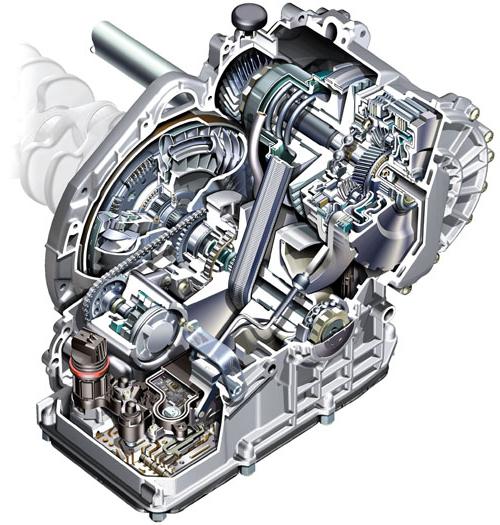Buyers of both new and used cars are increasingly choosing complete sets with automatic transmissions. At the same time, manufacturers of cars of various brands complete their cars with automatic transmissions of various types: directly automatic, variator, there is also a robotic gearbox. The latter is structurally an analogue of a mechanical box, in which the shift process is controlled not by the driver, but by the computer.
Many car dealers do not talk about what type of automatic transmission is installed on a particular car model. Some do this in order not to overload the client with technical nuances, while others act so deliberately, knowing that the client, having learned the truth, can refuse to buy.
Intending to purchase a car with automatic transmission, many customers do not pay attention to which box is installed on the selected model: automatic, CVT, or, after all, a “robot”. But for some, this factor is one of the decisive. Most often, this happens with customers who have already encountered one of the checkpoints and are aware of its shortcomings, trying to avoid re-buying.
Unfortunately, in most cases, people choose a machine, CVT or robotic box, based on myths or fears, which is not entirely correct. To make a meaningful choice, you just need to consider all the pros, cons and prioritize. For example, cars with automatic machines significantly lose dynamics, they have increased fuel consumption (the exception is modern 6-7-speed automatic machines, which are installed only on expensive cars). Other drawbacks of the automatic transmission include the risk of damage to parts during operation in severe frosts and the need to replace expensive oil (although not often, but in a sufficiently large volume - up to 10 liters).

The above disadvantages of many customers make you refuse to buy a car on which an automatic transmission is installed. The variator is also deprived of some of these shortcomings, but it has its drawbacks. Firstly, the variator is a rather complex and relatively new type of box that often breaks (and nobody knows how to repair it properly). Accordingly, the slightest error in operation or failure of the electronics can lead to a very expensive repair. Every 100 thousand runs (150 thousand on some models) you need to replace a special metal belt, which in itself is an expensive part, and the cost of work can not be called cheap. And the oil in the variator is even more expensive than in the machine, however, it is less there.
On the other hand, each box has its advantages. The CVT has good dynamics, low
fuel consumption, the absence of jerks when shifting to another gear (they simply aren’t here), and also has a high motor resource, relative to machines with mechanics. The machine has almost the same positive qualities, in addition to fuel consumption, which can be low only if there are at least 6 steps.
What is better to buy: automatic, CVT or generally limited to mechanics? There is no single answer to this question. On the one hand, a machine already tested over the years (a CVT, reviews of which are increasingly common, began to be produced much later), on the other hand, a modern and economical CVT. And the final choice is left to the consumer, and in order not to regret it in the future, you should at least superficially familiarize yourself with the work of each of the boxes and read the "live" reviews of the current owners.